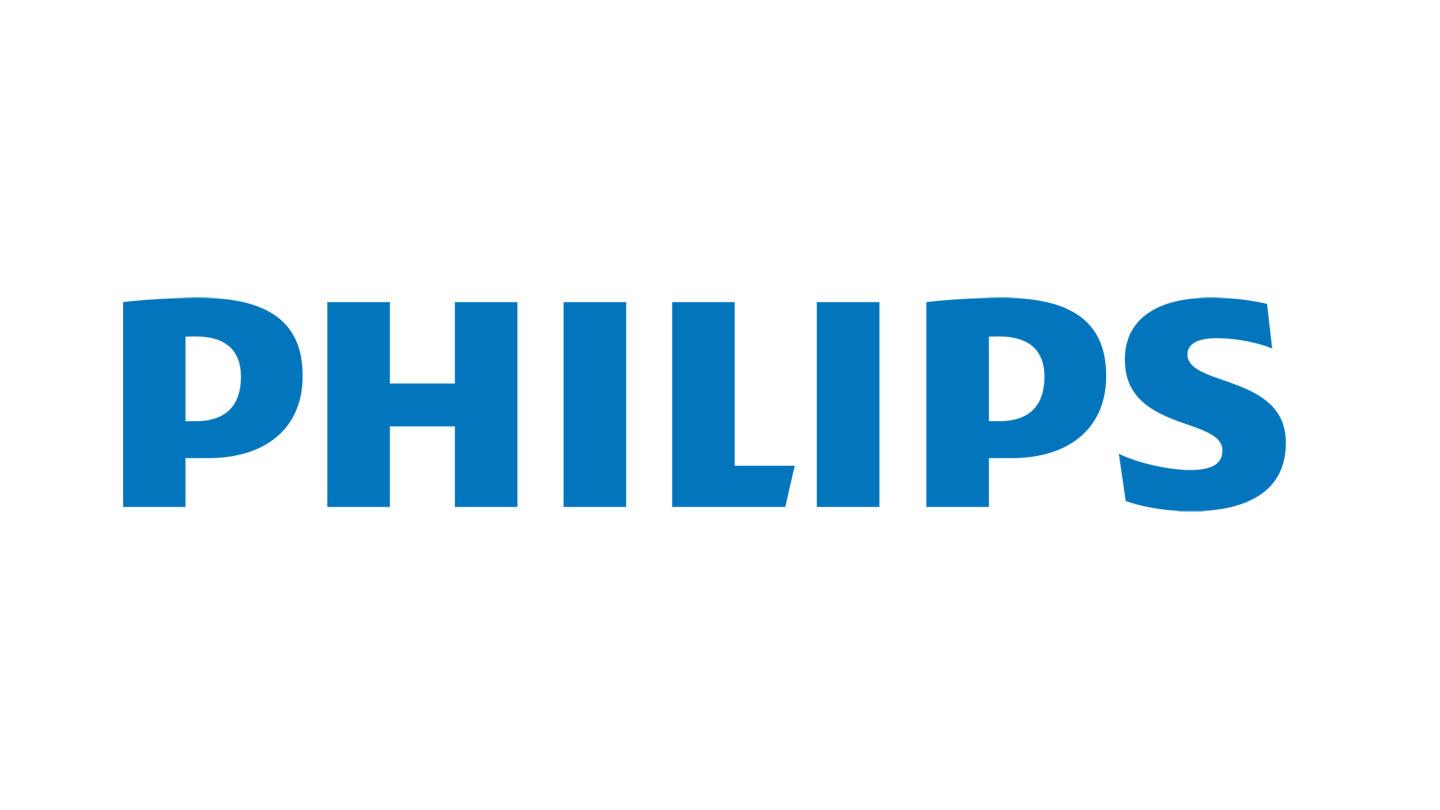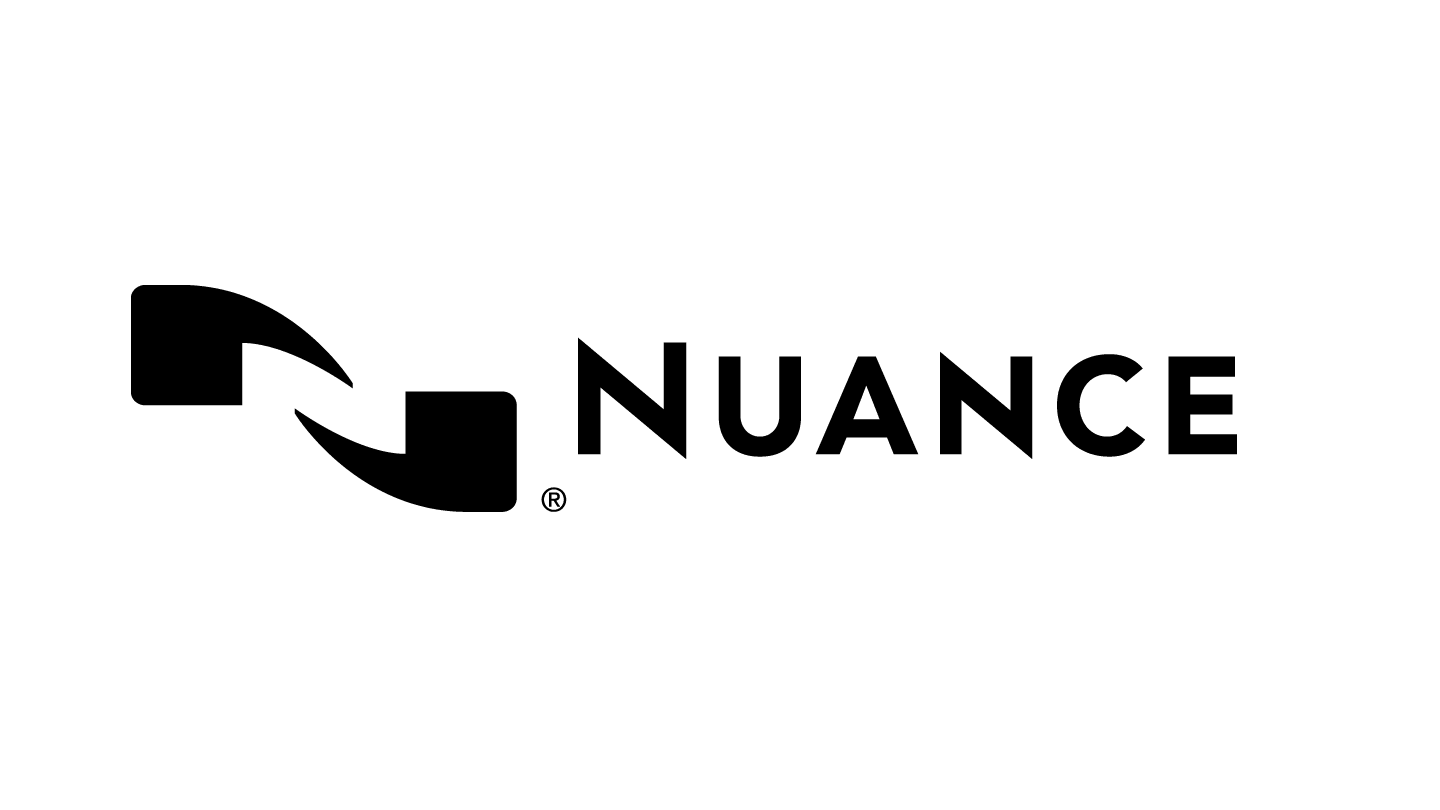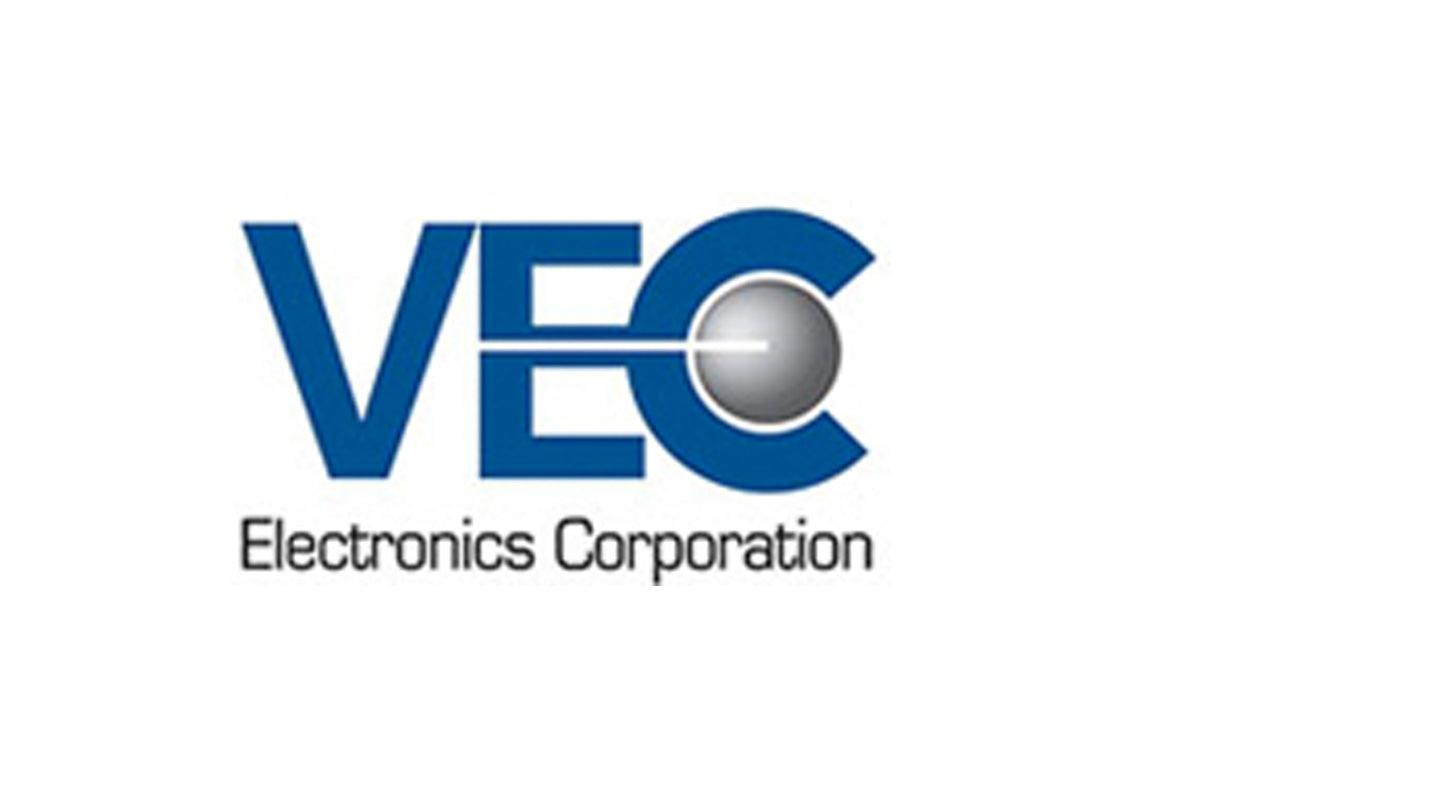Comparing Cloud and Traditional Dictation: Navigating the Best Choice for Your Transcription Needs
Are you unsure whether to stick with traditional dictation or cloud dictation? In this article, we will explore the pros and cons of both methods to help you determine which is better for your needs.
Let's explore the key factors that influence your decision, including cost-effectiveness, accessibility, accuracy, and security. So, let's dive in and find out which dictation method reigns supreme!
Cost-effectiveness of Cloud Dictation and Traditional Dictation
The cost-effectiveness of cloud dictation versus traditional dictation can vary based on specific needs and budget. Cloud dictation offers a more cost-effective solution for many individuals and businesses. With cloud dictation, you don't need to invest in expensive dictation equipment or software. Instead, you can use your existing devices, such as smartphones or computers, and access the dictation software through the cloud. This eliminates the need for upfront costs and ongoing maintenance fees. Additionally, cloud dictation allows for scalability, so you only pay for the services you need, making it a flexible and cost-efficient option.
On the other hand, traditional dictation may require the purchase of dictation machines, tapes, and other accessories, which can be costly.
It's important to consider your specific requirements and budget when deciding between cloud dictation and traditional dictation.
Accessibility and Convenience of Cloud Dictation and Traditional Dictation
When it comes to accessibility and convenience, cloud dictation offers several advantages over traditional dictation.
With cloud dictation, you can access your dictation files anywhere and anytime. Whether you're in the office, at home, or on the go, all you need is an internet connection to access your files.
This eliminates the need for carrying physical recording devices or transferring files manually. Additionally, cloud dictation allows for real-time collaboration and sharing of files with colleagues or clients, making it easier to work together on projects.
In contrast, traditional dictation requires you to carry around a physical recording device and manually transfer files, which can be time-consuming and inconvenient.
Accuracy and Quality of Transcriptions in Cloud Dictation and Traditional Dictation
Improving the accuracy and quality of transcriptions is a key advantage of using cloud dictation over traditional dictation methods. With cloud dictation, you can expect higher precision and reliability in transcriptions. The advanced algorithms and machine learning capabilities used in cloud dictation systems ensure that the transcriptions are more accurate and consistent. These systems are constantly updated and refined, learning from user inputs and improving their transcription capabilities over time.
In contrast, traditional dictation methods often rely on manual transcription, which can be prone to errors and inconsistencies. Human transcribers may mishear or misunderstand certain words or phrases, leading to inaccuracies in the final transcription. Additionally, the transcription process in traditional methods can be time-consuming, causing delays in receiving the final transcriptions.
Security and Privacy Considerations in Cloud Dictation and Traditional Dictation
Exploring the avenues of secure and private dictation requires a critical look at cloud dictation in comparison to traditional methods. Cloud dictation entails the transmission and storage of your voice recordings on remote servers, safeguarded by expertly managed and regulated third-party providers. The significant edge that cloud dictation provides is not merely in its convenience and accessibility but notably in its heightened security measures.
Cloud dictation systems often employ advanced encryption technologies and robust cybersecurity protocols to safeguard your data, minimizing the risks of unauthorized access. The data, while stored remotely, is enveloped in a protective layer of sophisticated security mechanisms, ensuring that it remains shielded in a shared environment.
In comparison, traditional dictation methods, which utilize physical recording devices such as tape recorders or handheld devices, might appear to offer control and security by being within physical reach. However, this often overlooks the risks of physical theft, damage, or loss of the recording device, which could potentially be just as, if not more, compromising.
Thus, by embracing cloud dictation, you’re not only leveraging the boon of technological advancements but also ensuring that your voice data is ensconced within a fortress of digital security protocols, expertly designed to safeguard against breaches and unauthorized access.
Integration and Compatibility With Other Tools and Software in Cloud Dictation and Traditional Dictation
To ensure seamless integration and compatibility with your existing tools and software, both cloud dictation and traditional dictation offer solutions that meet your needs.
Cloud dictation platforms are designed to integrate with a wide range of tools and software, allowing you to easily transfer your dictation files to other applications for further processing or collaboration. Whether you use productivity software like Microsoft Office or project management tools like Trello, cloud dictation platforms often provide integrations that streamline your workflow.
On the other hand, traditional dictation systems typically rely on physical devices and proprietary software. While these systems may offer compatibility with specific software applications, they may require additional steps or manual transfer of files.
It's important to consider your specific integration requirements when choosing between cloud dictation and traditional dictation.
Frequently Asked Questions
Conclusion
In conclusion, both cloud dictation and traditional dictation have their own advantages and disadvantages.
Cloud dictation offers cost-effectiveness, accessibility, and integration with other tools. This means that it is often more affordable and convenient to use. Additionally, cloud dictation allows users to access their dictation files from any device with an internet connection, making it highly accessible. Furthermore, cloud dictation can easily integrate with other tools such as speech recognition software or transcription services, enhancing its functionality.
On the other hand, traditional dictation provides higher accuracy and security. Traditional dictation systems usually involve using dedicated dictation devices or software that offer superior accuracy in transcribing speech. Moreover, traditional dictation systems often provide better security measures to protect sensitive information, which may be a crucial factor for certain industries or individuals.
Ultimately, the choice between the two depends on individual preferences and specific needs. Some users may prioritize cost-effectiveness, convenience, and integration, making cloud dictation the preferred option. Others may prioritize accuracy and security, leading them to choose traditional dictation. It is important to carefully consider these factors and evaluate which option aligns better with one's requirements.
Meet the Solution

Philips Speechlive Cloud -Based Dictation Solution
Join Thousands Of Professionals In The US To Improve Processes, Reduce Turnaround And Work Efficiently From Anywhere.










